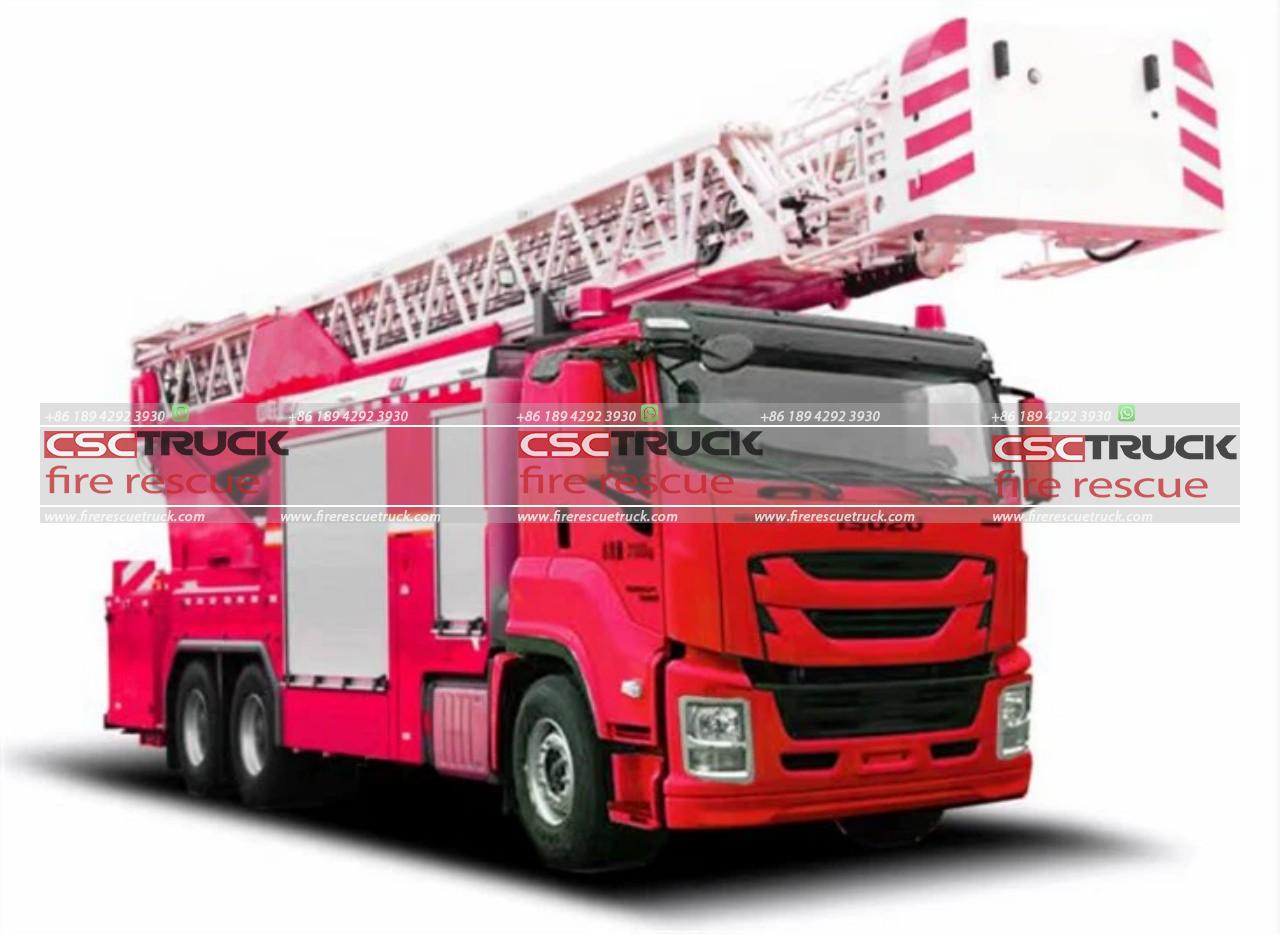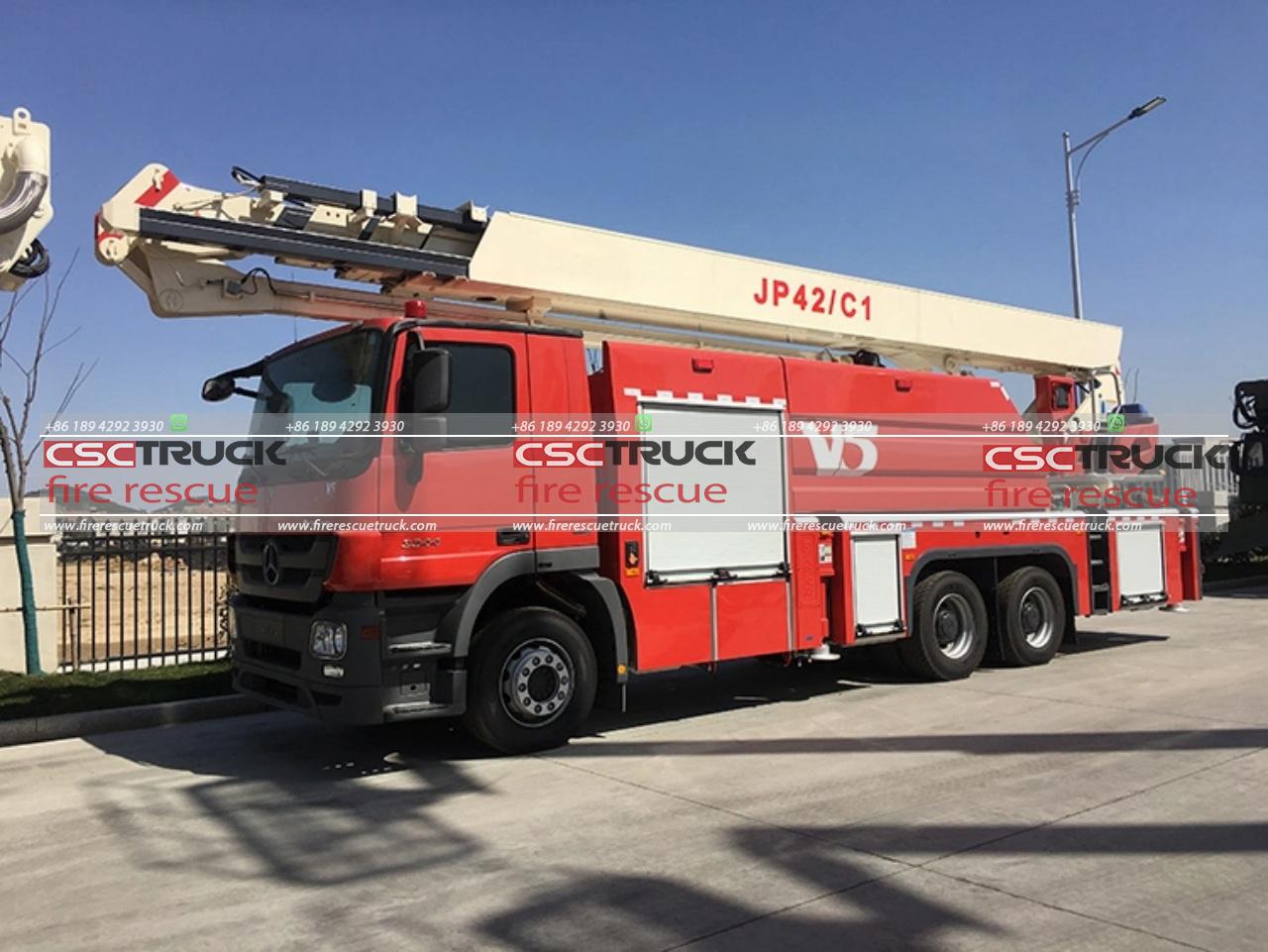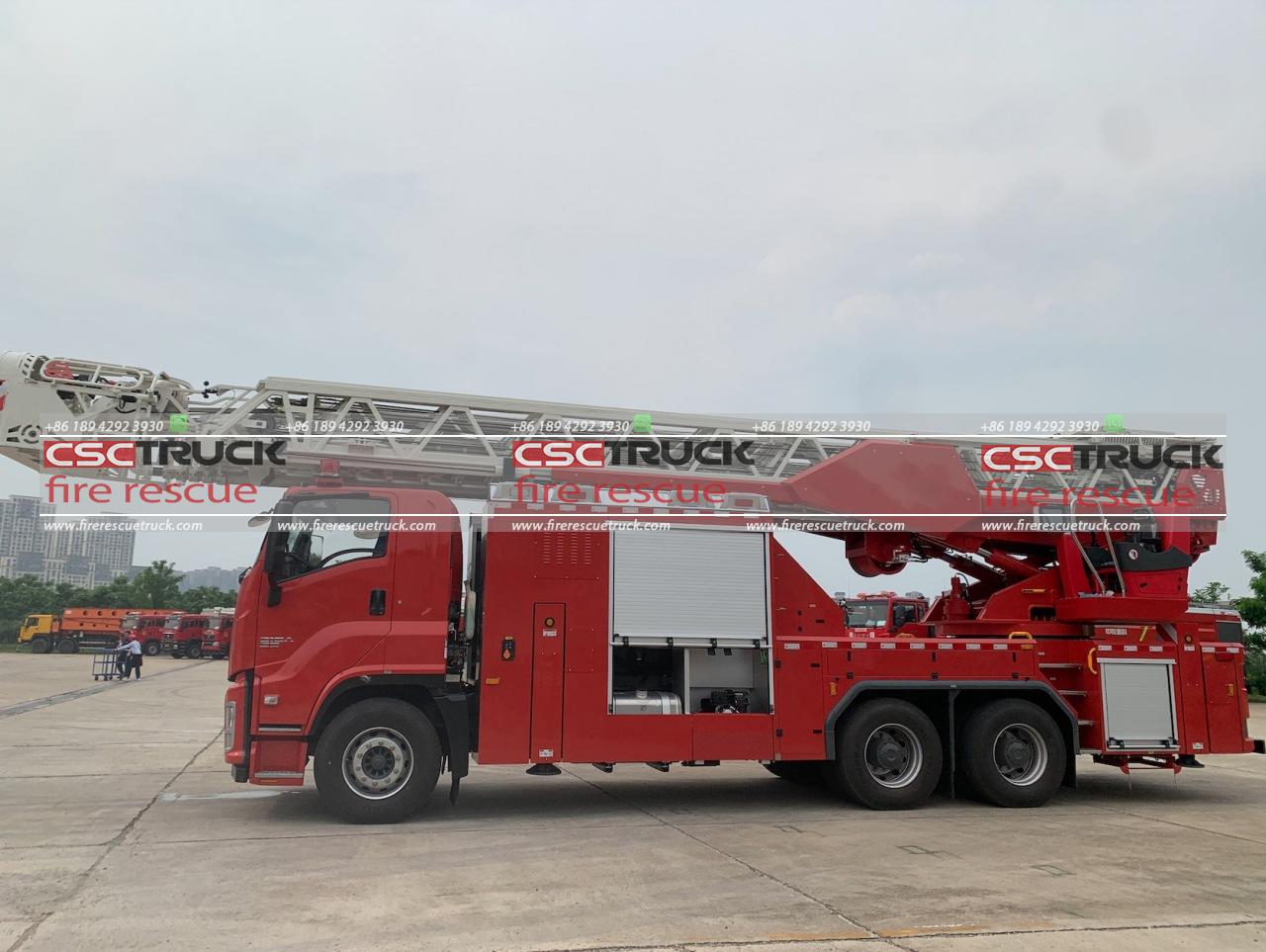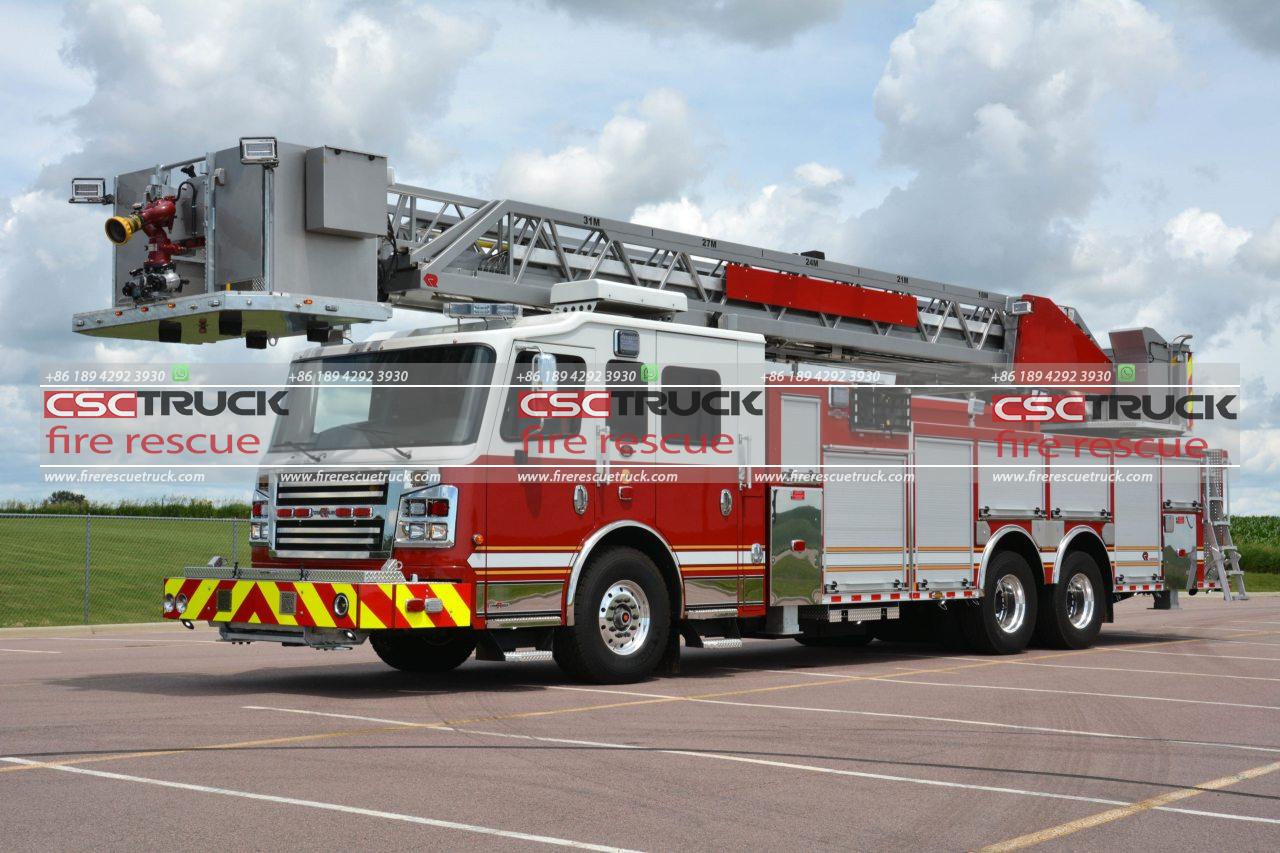What is a Stick Fire Truck?
Fire trucks, also known as fire apparatus, are essential tools for firefighting and rescue operations. Among the different types of fire trucks, the “stick fire truck” holds a unique position in fire departments, especially when it comes to reaching high-rise buildings or rescuing individuals from elevated locations. While the term “stick fire truck” might sound informal, it refers to a specific kind of aerial apparatus used in firefighting: the “straight-stick“ ladder truck, often called an aerial ladder or straight ladder truck.
This article will dive into what a stick fire truck is, its components, how it works, and its importance in firefighting operations.
Definition of a Stick Fire Truck
A stick fire truck is a type of aerial fire apparatus primarily equipped with a long, extendable straight ladder mounted onto the truck’s chassis. Unlike other fire trucks with articulated booms (called “tower ladders” or “platforms”), the ladder on a stick fire truck extends in a single straight line. It is designed to access elevated points quickly and efficiently, whether for firefighting purposes or rescues.
The primary purpose of a stick fire truck is to provide firefighters with a safe and secure means to reach high places, such as the upper floors of buildings, rooftops, or windows, to either fight fires from above or to rescue trapped individuals.

Key Features and Components of a Stick Fire Truck
1. Aerial Ladder
The aerial ladder is the defining feature of the stick fire truck. It is a long, straight, telescoping ladder that extends to considerable heights. While the height varies based on the truck model, stick fire trucks typically have ladders that can extend anywhere from 75 feet to 100 feet or more. The ladder can be rotated and angled in various directions to provide firefighters with the flexibility they need during operations.
Materials: Modern aerial ladders are constructed from lightweight yet strong materials, usually aluminum or steel. These materials ensure the ladder is sturdy enough to support firefighters and equipment but light enough to be extended easily by the hydraulic systems on the truck.
Functionality: The ladder on a stick fire truck can be extended or retracted, raised or lowered, and rotated. Firefighters can climb the ladder to reach elevated locations, or they can operate hoses from the ladder to attack fires from above, providing a tactical advantage in combating large-scale blazes.
2. Hydraulic System
The hydraulic system is the powerhouse behind the ladder’s movement. It controls the extension, rotation, and elevation of the ladder, allowing precise control even in the heat of an emergency. Firefighters use a control panel on the truck to operate the ladder, ensuring it can be deployed quickly and safely.
3. Stabilizing Outriggers
Stick fire trucks are equipped with stabilizing outriggers to ensure the vehicle remains stable while the ladder is in use. These outriggers are extendable supports that deploy from the sides of the truck and rest on the ground, distributing the truck’s weight evenly and preventing tipping during ladder operations. The outriggers are crucial because the ladder’s extension significantly shifts the truck’s center of gravity, especially when firefighters are climbing or using the ladder for rescue operations.
4. Fire Pump and Water Tank (Optional)
Some stick fire trucks are also equipped with a fire pump and water tank, enabling them to function as dual-purpose apparatus. These trucks can supply water directly to the hose lines or the ladder’s nozzle, allowing for fire suppression from elevated positions. However, not all stick fire trucks have water tanks; some rely on water sources provided by other fire apparatus, such as pumper trucks or hydrants.
5. Nozzles and Hose Connections
Many stick fire trucks feature mounted nozzles at the tip of the aerial ladder. These nozzles can be connected to hoses and used to spray water or firefighting foam from high vantage points. The ability to spray water from an elevated height is particularly beneficial for fires in multi-story buildings, industrial sites, or areas where ground access is limited.
6. Compartments for Tools and Equipment
Like most fire apparatus, stick fire trucks are designed with compartments for storing tools and equipment. Firefighters may need various rescue tools, axes, pry bars, saws, and breathing apparatus while performing their duties. These tools are stored within easy reach, allowing crews to access them quickly during emergencies.
Types of Stick Fire Trucks
Stick fire trucks come in various configurations, with the primary distinction being the length and capacity of the ladder. Here are some common types:
1. Mid-Mount Aerial Ladder Truck:
In this configuration, the aerial ladder is mounted in the middle of the truck’s chassis. This design offers a lower center of gravity, making the truck more stable during ladder operations. It also provides a shorter overall vehicle length, which can be beneficial for maneuvering in tight spaces.
2. Rear-Mount Aerial Ladder Truck:
The most common type of stick fire truck, the rear-mount configuration, has the ladder mounted at the back of the vehicle. This design allows for greater ladder reach and versatility. Rear-mount trucks are often used in urban areas where access to high-rise buildings is a priority.

Uses and Importance of Stick Fire Trucks
1. Firefighting in High-Rise Buildings:
One of the most important uses of a stick fire truck is to provide access to the upper floors of buildings. In many urban environments, especially in cities with tall structures, a stick fire truck’s ability to reach heights quickly can be the difference between a contained fire and a major disaster.
2. Rescue Operations:
Stick fire trucks are commonly used for rescues, particularly in scenarios where individuals are trapped in elevated positions. Whether it’s a person stuck on a roof or a child trapped on the upper floor of a burning building, the aerial ladder provides a lifeline for these individuals.
3. Ventilation and Fire Suppression:
In certain fire situations, ventilation is critical. Firefighters can use the aerial ladder to break windows or vent rooftops, allowing smoke and hot gases to escape from the building. At the same time, the elevated nozzles on the ladder can be used to spray water directly into the fire from above, offering a more strategic approach to fire suppression.
4. Access to Difficult Locations:
In addition to buildings, stick fire trucks can provide access to difficult-to-reach locations such as bridges, tall industrial structures, or even high trees. They are invaluable for operations that require height and maneuverability in spaces where ground access is either impossible or too dangerous.
Advantages and Limitations
Advantages:
– Height Access: The straight, extendable ladder offers excellent vertical reach, which is crucial for high-rise buildings.
– Versatility: Stick fire trucks can be used for both firefighting and rescue operations.
– Durability: The simplicity of the straight ladder design often makes it more durable and easier to maintain compared to more complex articulated boom systems.
Limitations:
– Limited Horizontal Reach: Since the ladder is straight, it cannot reach as far horizontally compared to an articulated boom truck (platform or tower).
– No Passenger Platform: Unlike some other aerial apparatus, stick fire trucks do not have a bucket or platform at the tip of the ladder for firefighters to stand in, which can limit maneuverability during rescues.

Conclusion
The stick fire truck is a critical tool for modern firefighting, particularly in urban environments with tall buildings. Its long, extendable ladder and versatility in both firefighting and rescue operations make it a valuable asset in any fire department’s fleet. While it has limitations in terms of horizontal reach and complexity, the stick fire truck remains one of the most reliable and effective apparatus for high-rise firefighting.







